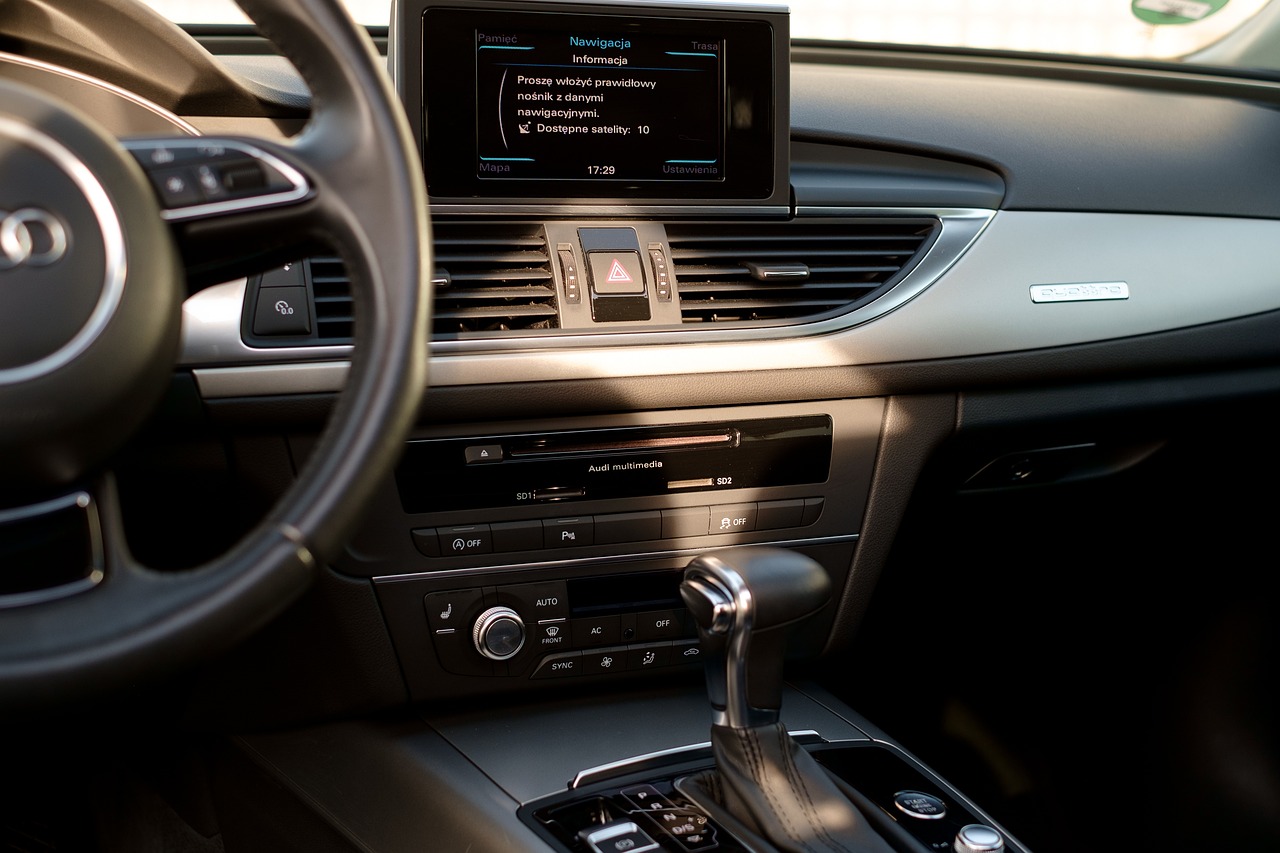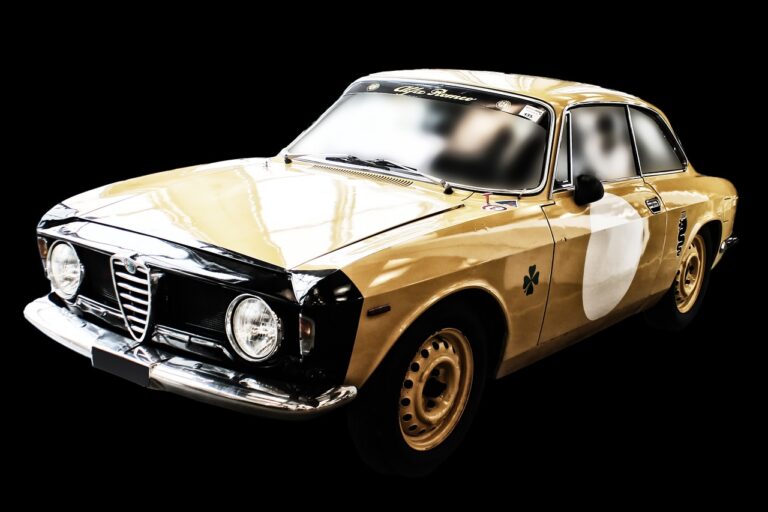The Evolution of Car Racing: From Amateur to Professional
Car racing has undergone a remarkable evolution since its inception, starting as a simple test of speed and skill and growing into a sophisticated, high-stakes sport. The early days of racing saw enthusiasts gathering to pit their vehicles against each other on makeshift tracks, often with little regard for safety or regulations. However, as the popularity of racing grew, so too did the need for formalized rules and organization.
The transition from amateur races to organized events marked a significant shift in the world of car racing. With the establishment of official competitions and governing bodies, the sport became more structured and professional. This evolution paved the way for advancements in technology, safety measures, and overall competitiveness within the racing community. Today, car racing stands as a global phenomenon with a rich history and a vibrant future ahead.
Early Beginnings of Racing
Racing has been ingrained in human history since ancient times, with the first known organized racing events tracing back to the chariot races in ancient Rome. These races were not only a display of speed and skill but also served as a form of entertainment for the masses. The chariot races were fiercely competitive, attracting not only local participants but also skilled riders from other regions.
In the late 19th century, the development of the steam engine paved the way for a new era of racing with the introduction of steam-powered cars. These early racing events were more of a novelty than a serious competition, but they laid the groundwork for the future of the sport. As technology advanced, so did the speed and competitiveness of the races, setting the stage for the evolution of car racing as we know it today.
Growth of Organized Racing Events
The growth of organized racing events has been a remarkable journey filled with excitement and challenges. As interest in racing surged, enthusiasts began to organize formal competitions to test the speed and skill of drivers. These organized events quickly gained popularity, drawing crowds of spectators who were eager to witness the thrill of racing firsthand.
With the establishment of official racing leagues and governing bodies, the structure and regulations of organized racing events became more standardized. This development brought a sense of professionalism to the sport, ensuring fair competition and enhancing the safety of both drivers and spectators. As organized racing events continued to evolve, they captured the imagination of people around the world and cemented their status as a beloved form of entertainment.





